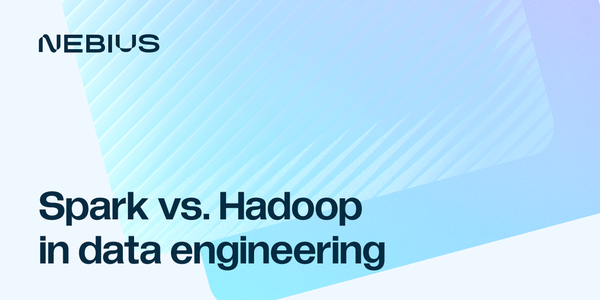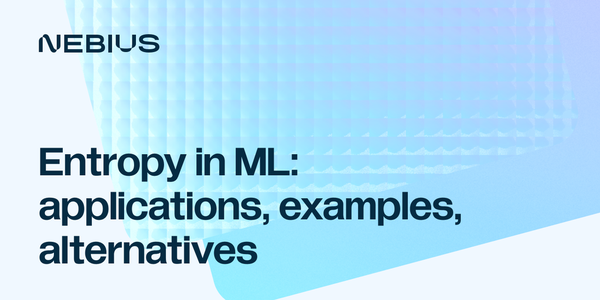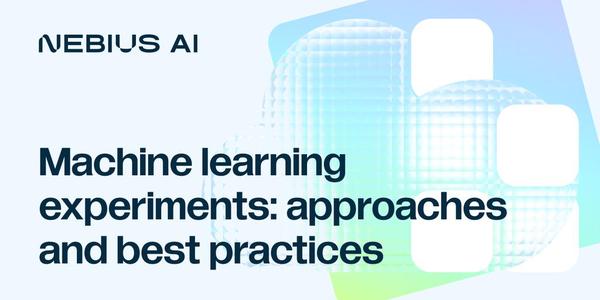
NVIDIA GPUs H100 vs. A100 - Architecture, Performance, and Cost Comparison | TRG Datacenters
NVIDIA GPUs H100 and A100 GPUs represent the cutting edge of AI acceleration. Initially designed for tasks like rendering images and videos, they have become indispensable for AI and ML due to their Tensor Cores that speed up matrix operations fundamental to neural networks.
Both the H100 and A100 offer impressive improvements over non-GPU computing methods. However, the H100 is a significant upgrade on the A100, and has several new features. This article compares their performance, cost, and a...
Both the H100 and A100 offer impressive improvements over non-GPU computing methods. However, the H100 is a significant upgrade on the A100, and has several new features. This article compares their performance, cost, and a...













